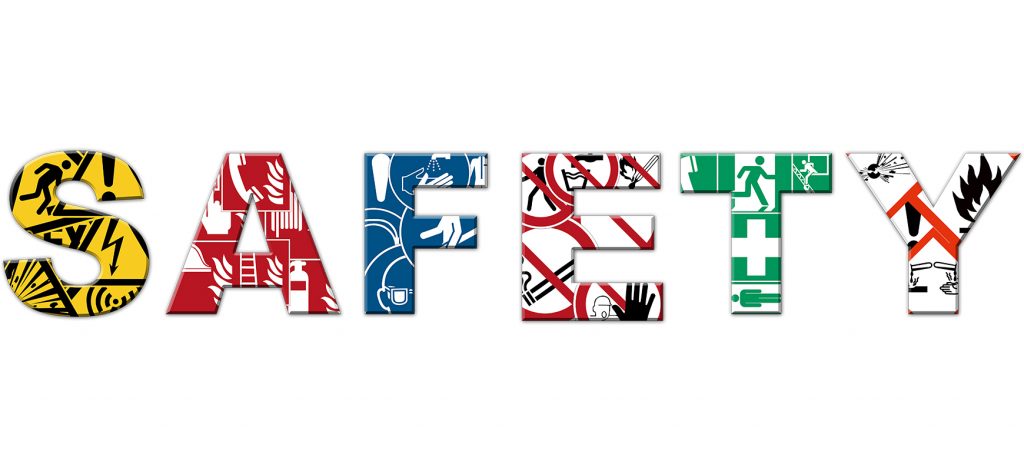
It takes a little time to realize the differences and implications of inspections vs. great aviation safety audits. Not only does one need to understand the practical differences of these two categories, but it is also necessary to get to know about the ideological differences between these two.
When we talk about describing these differences, one can easily get rattled because it is tough to explain the difference, and mainly because the functions that these two categories perform are actually similar.
The purpose of an Aviation Safety Inspection
The basic purpose of an aviation safety inspection is to inspect the safety of a particular asset of the aviation safety management system, such as the following:
Properly inspecting the working of the aircraft so that it faces trouble in flight.
Inspecting that a specific procedure is equipped with safety measures.
Inspecting the maintenance records and reviewing the flight logs.
In every scenario, the purpose of an inspection is related to all of the features of a particular thing in which safety is mandatory and to make sure that it functions well. A good analogy can be a clock. The inspection isn’t concerned with the working of the entire clock, but it is concerned with studying how each part of the clock is functioning.
The purpose of an Aviation Safety Audit
When we talk about safety audits, then safety audits are performed to check how the system is performing thoroughly. Such as:
How much do the processes match with the real practice
How the implementation of an aviation SMS is
Once again, let’s use the clock example. The audit will take a look at the clock as a whole. The audit will check if it is working properly.
We can say that the safety audits are mainly about assessing the bureaucratic accountability of any organization’s SMS. A safety audit makes sure that the safety features of a system are perfectly secure and operating.
If an SMS process is performed perfectly well under an audit, then we can be sure that the organization is following the complete actual practice, and it should be able to maintain a high level of safety and security.
When the operators have the elements of an SMS, then there are very fewer chances of resistance to involving any risks in the SMS processes. If an operator has an SMS, the safety culture is then responsible for providing the operator with benefits.
Aviation audits are basically responsible for performing the inspection thoroughly instead of just checking some parts.
The difference between these two categories are not a lot, but it is clear to know that these two perform the same functions but in a different way. However, both of these categories are beneficial to SMS in a lot of ways. The system requires both of these categories to ensure the safety of a particular asset. One can be able to evaluate their systems easily with these categories.
